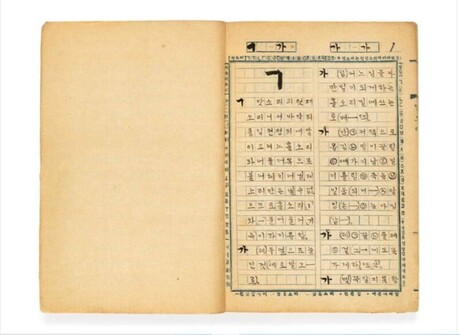A cultural book club discussion exploring Francisco Goya's famous etchings series "The Disasters of War" has been featured in a literary program examining themes of lost languages and recovered memories. The discussion brings together notable authors Nassera Tamer and Léonor de Récondo to analyze the profound impact of Goya's artistic documentation of war's brutality.
The program, titled "Lost Languages, Recovered Memories," focuses on how Goya's etchings serve as a powerful form of visual memory that transcends linguistic barriers. Goya's "Disasters of War" series, created between 1810 and 1820, consists of 82 prints that depict the horrors of the Peninsular War and its aftermath, representing one of the most significant anti-war statements in art history.
Nassera Tamer and Léonor de Récondo, both accomplished writers known for their exploration of memory, trauma, and cultural identity, provide literary perspectives on how Goya's visual narratives communicate universal human experiences of conflict and suffering. Their discussion examines how artistic expression can preserve and transmit collective memory across generations, even when traditional forms of cultural transmission are disrupted.
The book club format allows for an in-depth exploration of the intersection between visual art and literature, demonstrating how Goya's etchings function as a form of visual storytelling that speaks to contemporary audiences about the enduring impact of war and violence on human society.






























